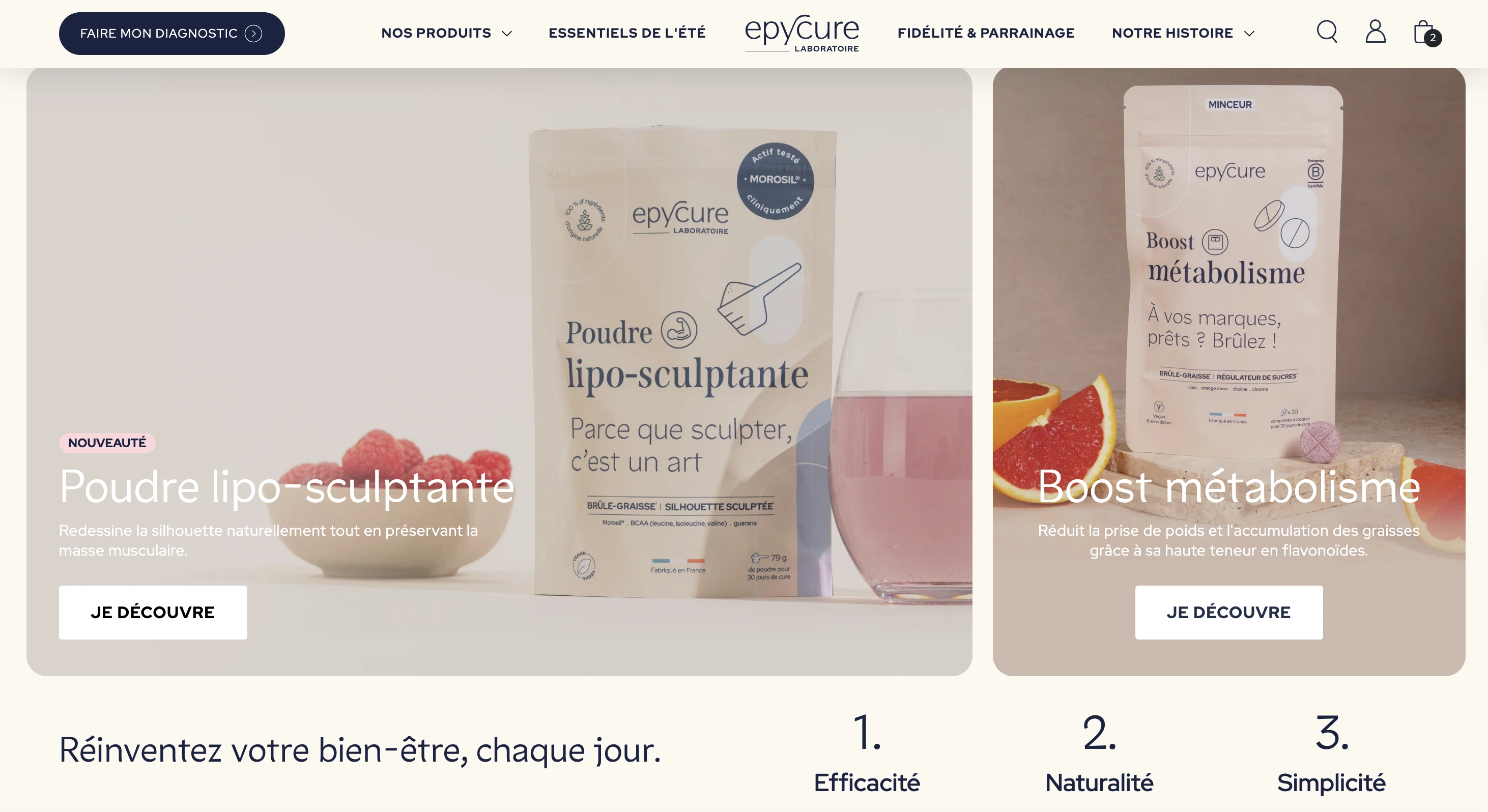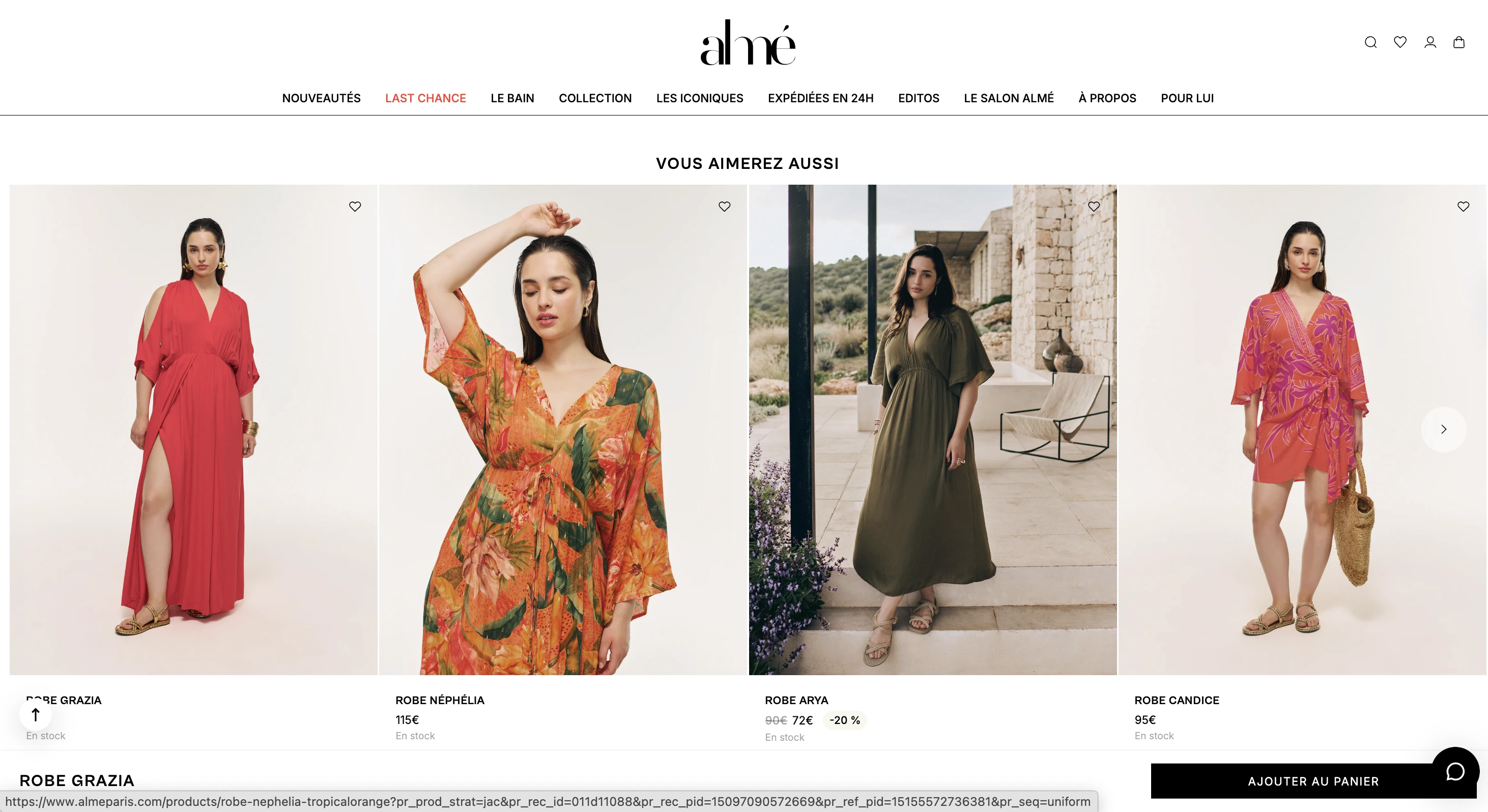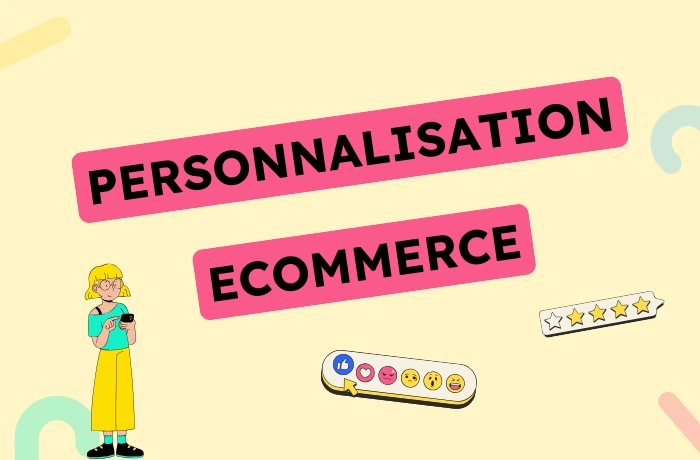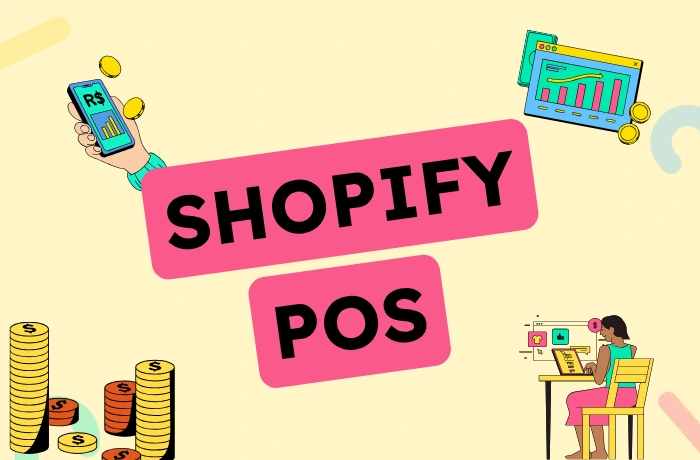Gone are the days of impersonal showcase websites where every visitor receives the same message.
Today, it's all about the customized customer experience.
And this change is not just a passing trend.
Ecommerce personalisation is emerging as a highly strategic lever for boosting engagement, increasing conversions, and above all, building customer loyalty.
Because that's where it all happens.
The first sale is good.
Long-term retention is better.
Why? Because a loyal customer costs less than a new customer to acquire.
And above all, they spend more, recommend your brand, and come back without you having to constantly chase them.
In short, they become your best marketing asset.
And what does personalisation have to do with all this?
It allows you to create an experience that makes people want to stay, come back, and talk about you.
No wonder the most successful brands are going all in on it.
What is personalisation in ecommerce?
The idea is very simple: offer each customer an experience tailored to their profile, desires, and behavior.
In concrete terms, this can take many forms: a product recommended based on browsing history, a special offer reserved for loyal customers, an email reminding them of an abandoned shopping cart...
Even a simple first name inserted into a banner can make a difference.
It's not magic, it's data collected and used effectively (we call it first-party data 😉).
By analyzing a customer's actions, such as clicks, purchases, visit frequency, and types of products viewed, you can personalize what they see, when they see it, and how they interact with your store.
And it is precisely this ability to address each customer as if they were unique that is the strength of modern e-merchants.
You don't have to be Amazon to do it, but you have to do it intelligently.
Why personalize the customer experience in ecommerce?
Today, anyone can sell online = more competition.
What can differentiate brands? The experience they offer.
And in this area, personalisation is one of your weapons.
As soon as a customer feels understood, they are more inclined to make a purchase. They see products that really interest them.
They receive a message at the right time. They feel like they are being listened to.
And that feeling is a powerful trigger for buying.
personalisation is also about satisfaction.
When a customer browses a website that anticipates their needs, they don't struggle to find what they're looking for.
They have a smooth and intuitive experience.
So if we take it a step further, it's not just about selling, but about building loyalty.
It creates a relationship.
It turns a casual visitor into a regular customer, then into an ambassador (the Holy Grail).
And that's the heart of any retention strategy.
👉 Read our complete guide here: How to deliver a good customer experience
And for an even more concrete approach, our podcast with Camille from Nosto explores the ins and outs of ecommerce personalisation.
4 elements to personalize to get started
We often think of personalisation as a complex mechanism reserved for web giants.
However, it's entirely possible to start simply by activating a few well-chosen levers.
The idea is to take it step by step.
Personalize navigation on your site
This is the first point of contact and often the most decisive.
When a visitor arrives on your site, they should feel welcome. (Aaaaaaaah, finally!)
Dynamic product recommendations play a key role here.
By analyzing the products viewed or added to the cart, you can suggest other items that may interest them.
We also often see the phrase “you have already viewed,” which can be a good start to personalisation.
Pop-ups can also be effective.
By displaying a message or offer at the right time (e.g., when leaving the page, after prolonged inactivity, or when adding to the cart), you guide the user without ever rushing them.
Personalize your marketing emails
Your email database is a treasure trove.
Provided you use it correctly.
Automated scenarios allow you to send the right message at the right time.
An abandoned shopping cart? A birthday? A period of inactivity?
In every situation, a personalized message can rekindle interest.
Even a simple personalized email subject line can boost open rates.
And if the content is also tailored to the customer's behavior (purchase history, preferences, etc.), then you have a real chance of capturing their attention.
👉 We explain everything you need to know about email marketing for eCommerce in our article.
Personalize your offers and promotions
Not everyone needs the same promotion.
That's where personalisation comes in.
You can tailor your offers to each customer's profile.
A loyal customer? Reward them.
A new customer? Offer them a welcome discount.
A high cart total? Offer free shipping.
By adapting your promotional tactics, you show your customers that they are not just a number in a database.
Pssst... You might find this interesting!
Loyalty programs are strategic for your brand, and we can probably help. Check out our platform!
Personalize the home page
This is often the most viewed page on an ecommerce site.
So why leave it generic?
Some brands go much further by personalizing this digital gateway based on preferences, history, or even diagnostics carried out beforehand.
The result: each customer discovers a showcase that resembles them.
4 example of brands using personnalisation
Pomponne
The french makeup brand offers a beauty diagnosis as soon as you arrive on the site.
Once completed, the home page automatically adapts to highlight the most relevant products based on the answers.
Simple, but incredibly effective.

Epycure
Here, too, it all starts with a questionnaire.
In just a few clicks, visitors receive personalized recommendations.
And the entire journey, including the home page, then reflects these choices.
It's a clever way to transform the welcome page into a truly tailored experience.

Almé
This inclusive ready-to-wear brand adapts its interface based on the visitor's browsing history.
By analyzing sizes, cuts, and pages viewed, it then suggests clothing that is more consistent with the body type and tastes detected.
Here too, the home page becomes a mirror of customer expectations.

Nébuleuse
This jewelry brand takes personalisation all the way to the shopping cart.
It includes a “you may also like” section that evolves based on preferences previously expressed on the site.
The result: relevant suggestions right up to the last click.
What do these brands have in common?
A clear vision: the customer experience must be lively, fluid, and personalized at every stage, including on the home page.
And that changes everything.

3 essentials before starting personalisation in ecommerce
Before diving headfirst into a personalisation strategy, here's a little advice: lay the groundwork.
Because personalizing without structure is a bit like sending a letter without an address.
You risk putting in a lot of effort... for little result.
Here are three pillars that should not be overlooked.
Segment your customer base
This is the first step.
And frankly, there's no way around it.
Segmentation is what allows you to speak to each customer in a relevant way.
To do this, you already have all the cards in your hand: purchase history, order frequency, acquisition channel, average order value, type of products viewed, etc.
All this first-party data is a gold mine.
Provided you collect it properly and know how to read it.
By segmenting your base in detail, you can then trigger specific actions for each profile.
And that's where personalisation starts to make a difference.
Identify key moments
You can't personalize everything, everywhere, all the time.
And that's a good thing.
What matters is knowing when to personalize to have a real impact.
Certain moments are decisive in the customer journey:
- the first visit
- adding to the cart
- proceeding to checkout
- the post-order period
- peak sales periods such as Black Friday.
These are often emotional moments when users are particularly receptive to a tailored experience.
And that's exactly where you need to strike hard (and strike well).
A welcome offer, a recommendation in the shopping cart, a personalized thank-you message after the order... Everything counts.
Use the right tools
Finally, it's difficult to personalize on a large scale without a minimum of tools.
Good news! They exist.
Here are a few tools you can try:
- Klaviyo or Sendinblue to automate your personalized email campaigns
- Nosto to personalize the onsite experience based on visitor behavior
- Octane AI if you sell via Shopify, to create interactive quizzes and recommendations
- Loyoly, to integrate loyalty and referral programs that adapt to your customers' profiles
The goal is not to have every tool on the market, but to choose the ones that integrate well with your ecommerce business and allow you to activate personalized scenarios without technical complexity.
Compete against the giants through customer loyalty
Let's be honest: when it comes to ecommerce giants, small brands are at a disadvantage.
They have more resources, more technology, more data... in short, more of everything.
But that's not the end of the story. Far from it.
Where the big players win on volume, the smaller ones can win on relationships.
And what's the best way to tip the balance? Loyalty.
We can't say it enough: keeping a customer costs less than acquiring a new one.
And above all, a loyal customer knows you, trusts you, and comes back to buy without needing to be bombarded with ads.
You should no longer think of them as buyers, but as partners in growth.
And that's where well-designed loyalty programs come into their own.
More than just a points or discount system, they allow you to enrich your customer knowledge with every interaction: favorite products, purchase frequency, preferred channels, and more.
All of this data is invaluable for refining your personalisation over time.
Simply put, the more you build loyalty, the better you understand your customers.
And the better you understand them, the more you can personalize their experience.
It's a virtuous circle that strengthens engagement and retention without breaking your acquisition budget.
You don't need millions of monthly visitors to deliver a customer experience that hits the mark.
Sometimes all you need is the right tool and the right scenarios.
Personalize and build loyalty in ecommerce with Loyoly
Loyalty leads to engagement.
Sharing opinions, referrals, content creation, recommendations on social media... every interaction becomes an opportunity to promote your brand.
This is exactly how Loyoly works.
Our platform allows you to easily integrate a personalized loyalty and referral program tailored to your customers and your business objectives.
In just a few clicks, you can:
- reward your customers for their purchases,
- encourage them to refer their friends and family,
- encourage them to share content on social media,
- or even share their experiences.
All while maintaining control over your image, your strategy... and your budget.
You move from a transactional mindset to a lasting relationship.
In short, you no longer personalize just to sell.
You personalize to build a strong, community-driven, and memorable brand.

.png)









.png)
.png)
.png)
.png)
.png)